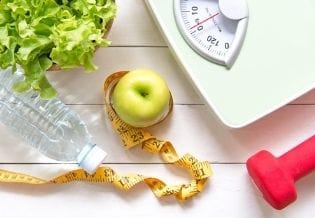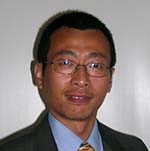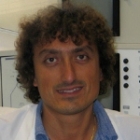Background
Polycystic ovarian syndrome (PCOS) is increasingly being diagnosed and treated with sometimes variable lifestyle advice and pharmacological interventions. Obesity is considered as the sole culprit and variable definitions in clinics compound the understanding of pathogenic heterogeneity of this syndrome. We evaluated the differences between various simple to calculate anthropometric indices along with some anthropometric-biochemical equations in subjects with or without PCOS.
Objective
To compare traditional measures like waist to hip and height ratio (WHpR and WHtR), BMI, newer markers depicting central obesity like Abdominal Volume index(AVI), Body roundness index (BRI), A Body Shape index (ABSI), Conicity index (C-index) along with biochemical-anthropometric equations like lipid Accumulation Products (LAP), Visceral Adiposity Index (VAI) and Chinese Visceral Adiposity Index (CVAI) for diagnosing PCOS as per the Rotterdam criteria
Design
Cross-sectional analysis
Place & Study Duration
Naval hospital, Islamabad from Jan- 2018 to July- 2019
Subjects and Methods
From our finally evaluated 333 female subjects we initially compared the differences for the presence of hirsutism as per modified Ferrimen Gallwey scores and biochemical hyperandrogenism by measuring free androgen index (Total testosterone/SHBG x 1000. We evaluated waist circumference, BMI, WHpR, WHtR,AVI, BRI, ABSI, C-index along with biochemical-anthropometric equations like LAP, VAI and CVAI for differences in subjects diagnosed to have PCOS by Rotterdam criteria or ultrasonography alone.
Results
Differences in hirsutism as defined by modified FG score between subjects defined to have PCOS or otherwise as per Rotterdam defined criteria were as [(PCOS=169, Mean=17.33 + 9.05) (No PCOS=164, Mean=8.21 + 5.74), p< 0.001] and ultrasound [(PCOS=87, Mean=16.95 + 9.57) (No PCOS=246, Mean=11.38 + 8.51), p< 0.001]. Similarly, the differences in FAI between subjects defined to have PCOS or otherwise as per Rotterdam criteria and ultrasound were as [(PCOS=169, Mean=6.41 + 4.88) (No PCOS=164, Mean=2.77 + 1.79), p< 0.001] and [(PCOS=87, Mean=5.75 + 5.01) (No PCOS=246, Mean=4.22 + 3.68), p= 0.011]. Anthropometric measures and anthropometric-mathematical equations were raised in non-PCOS subjects than PCOS subjects. Lean-PCOS demonstrated lower degree of hirsutism and biochemical hyperandrogenism in comparison to obese-PCOS.
Conclusion
Hirsutism and free androgen indices were raised in PCOS females. Anthropometric based measurements were not different in PCOS cases and non-PCOS females. Lean-PCOS demonstrated lower degree of hirsutism and biochemical hyperandrogenism in comparison to obese-PCOS.
Show less


